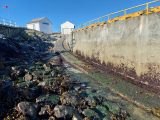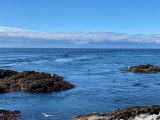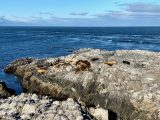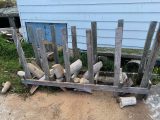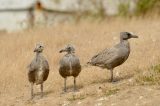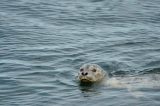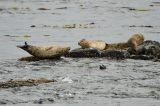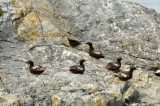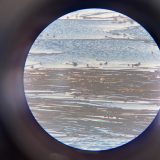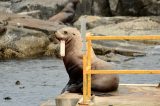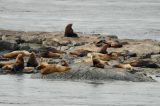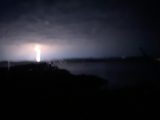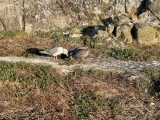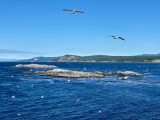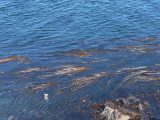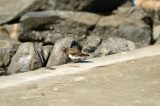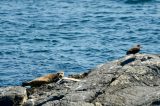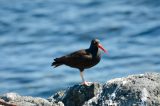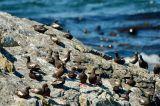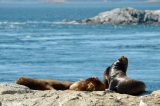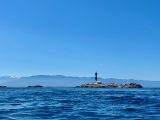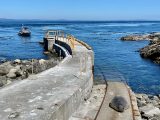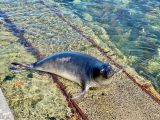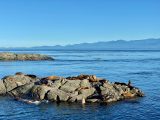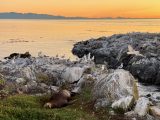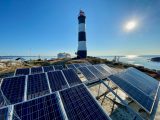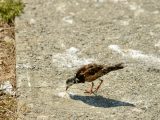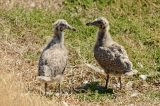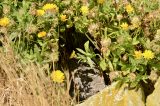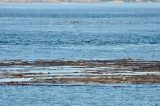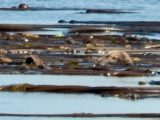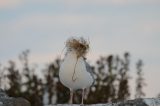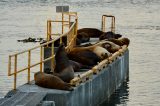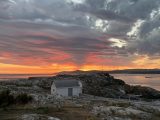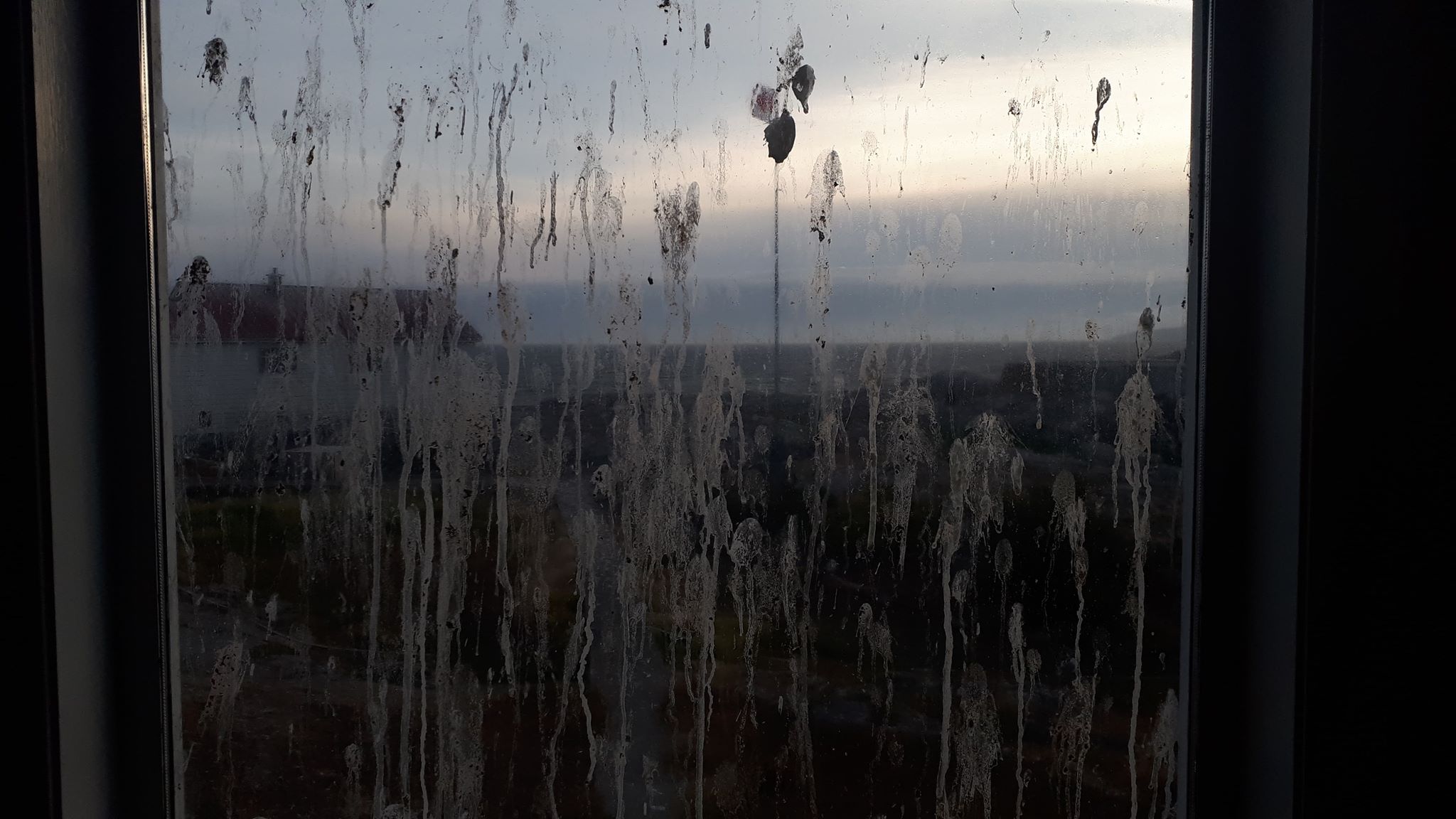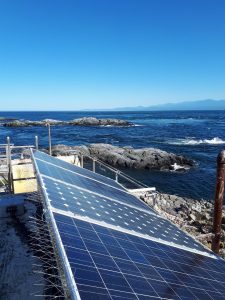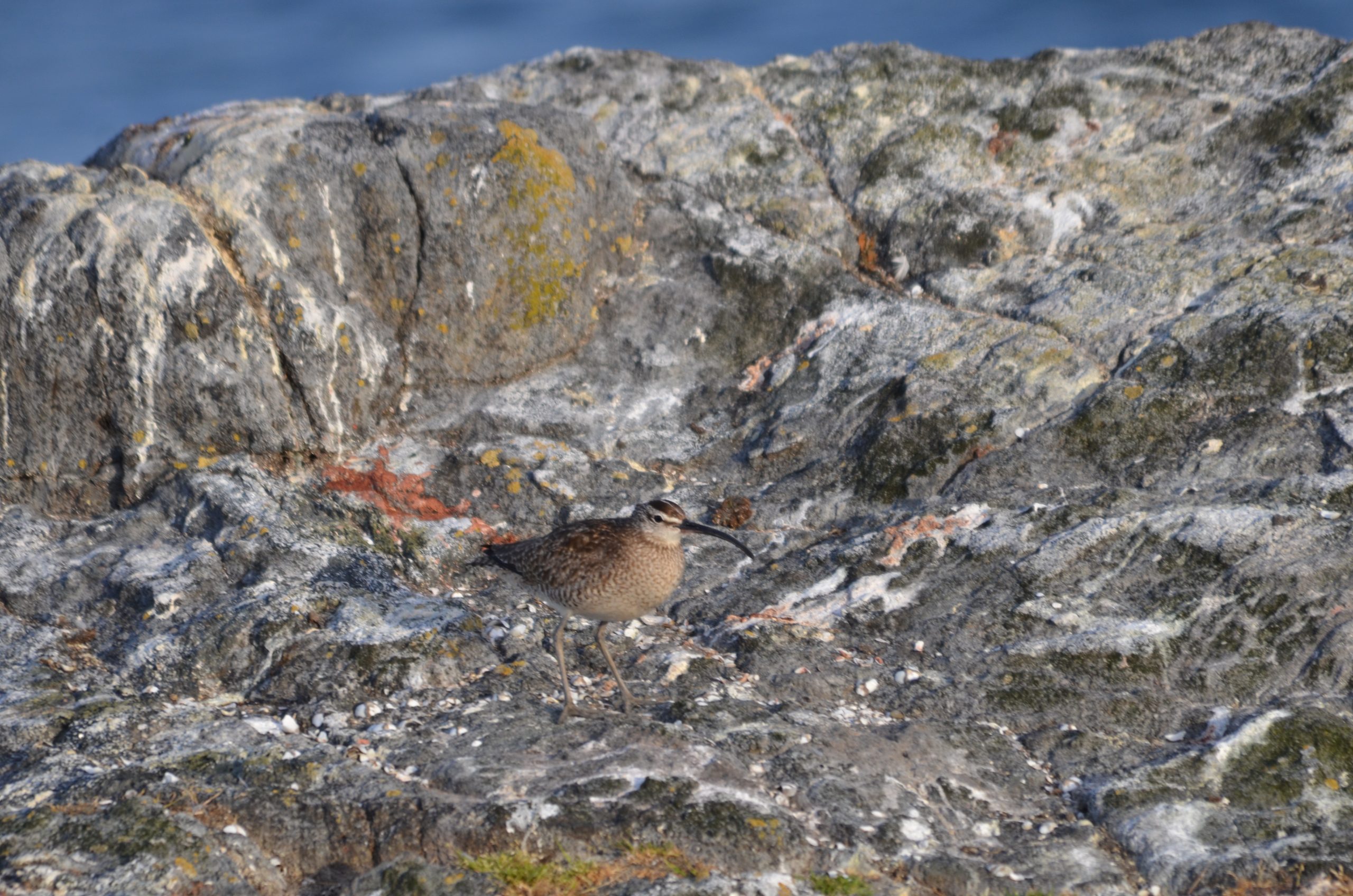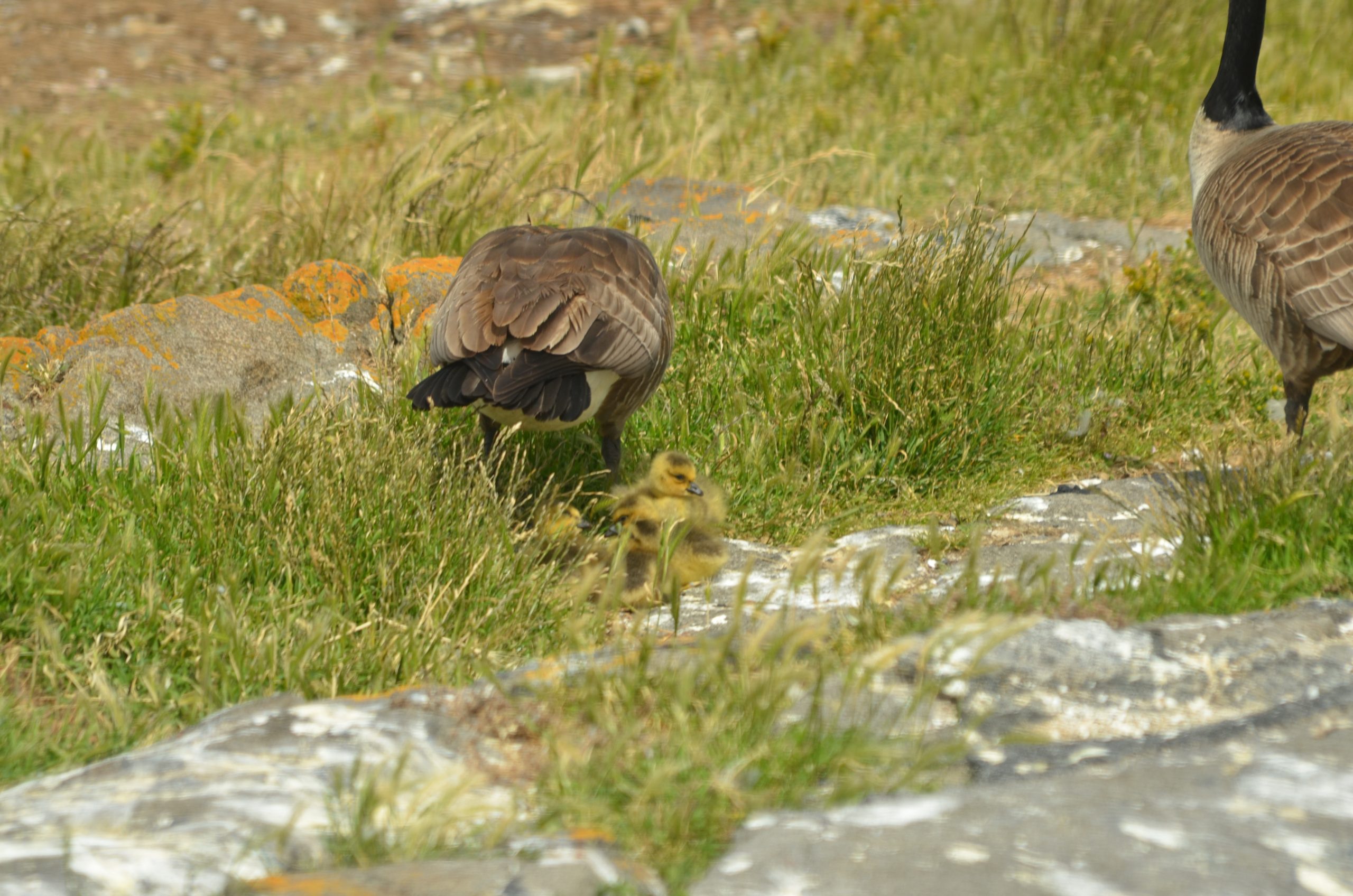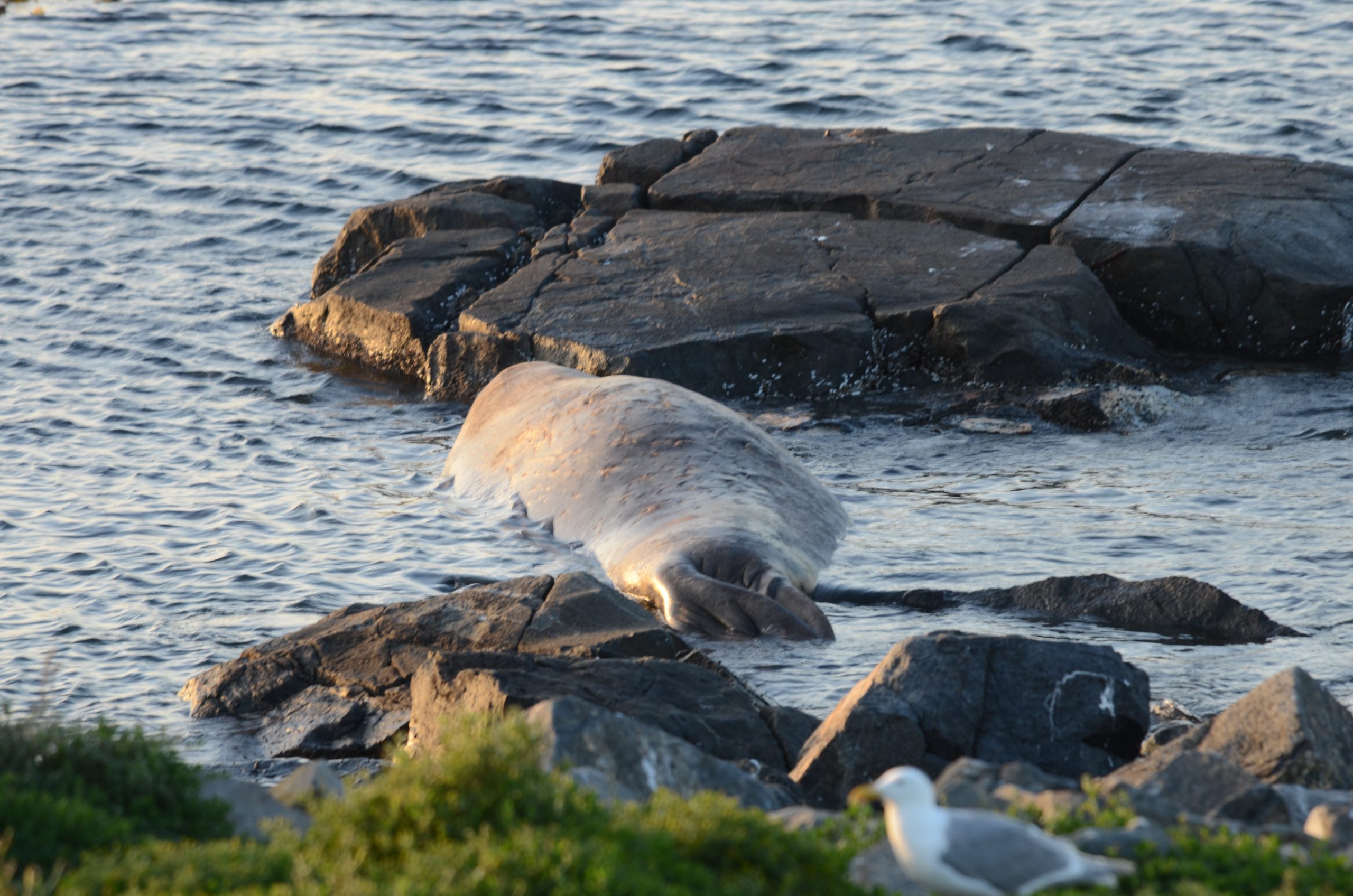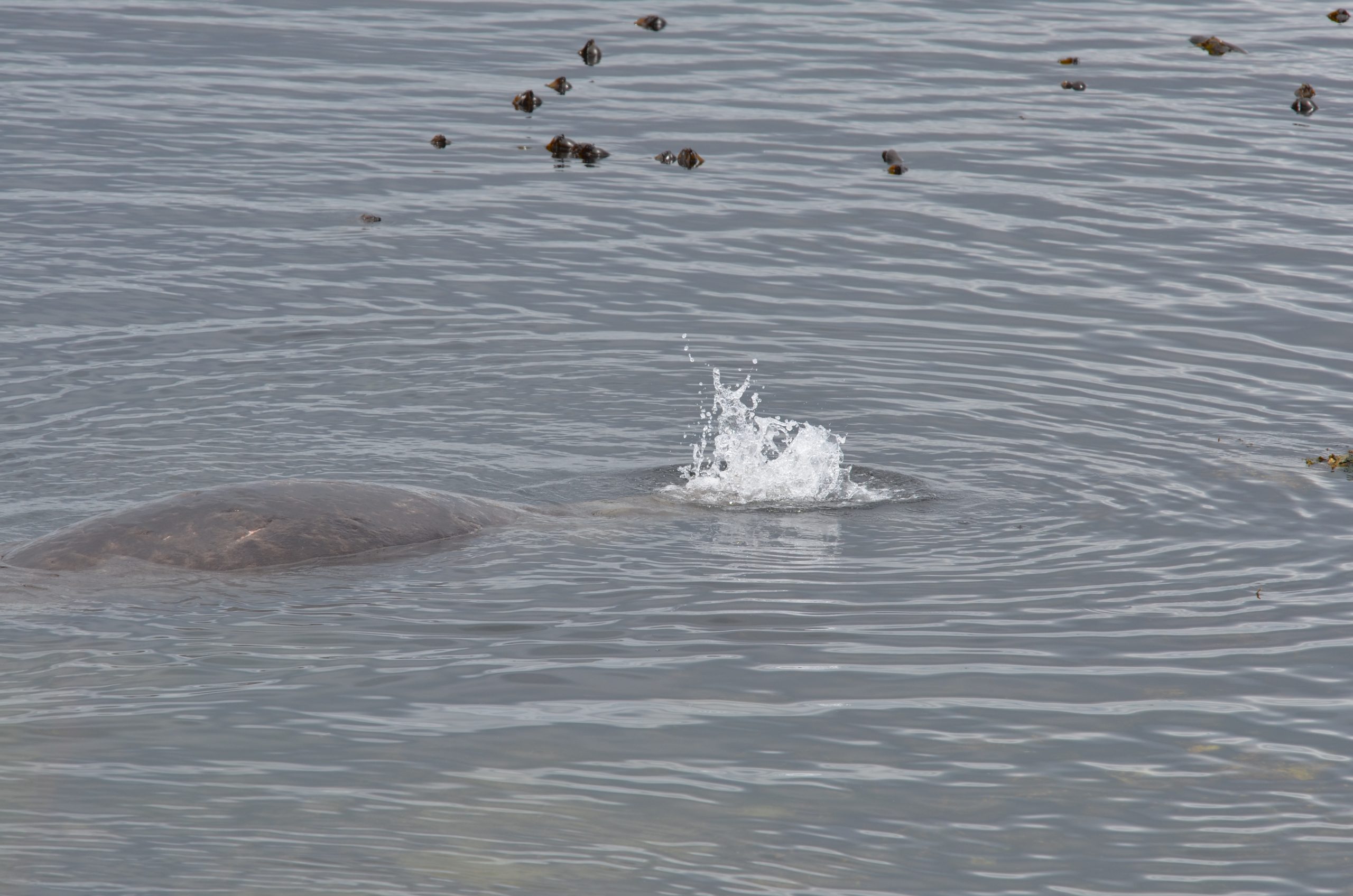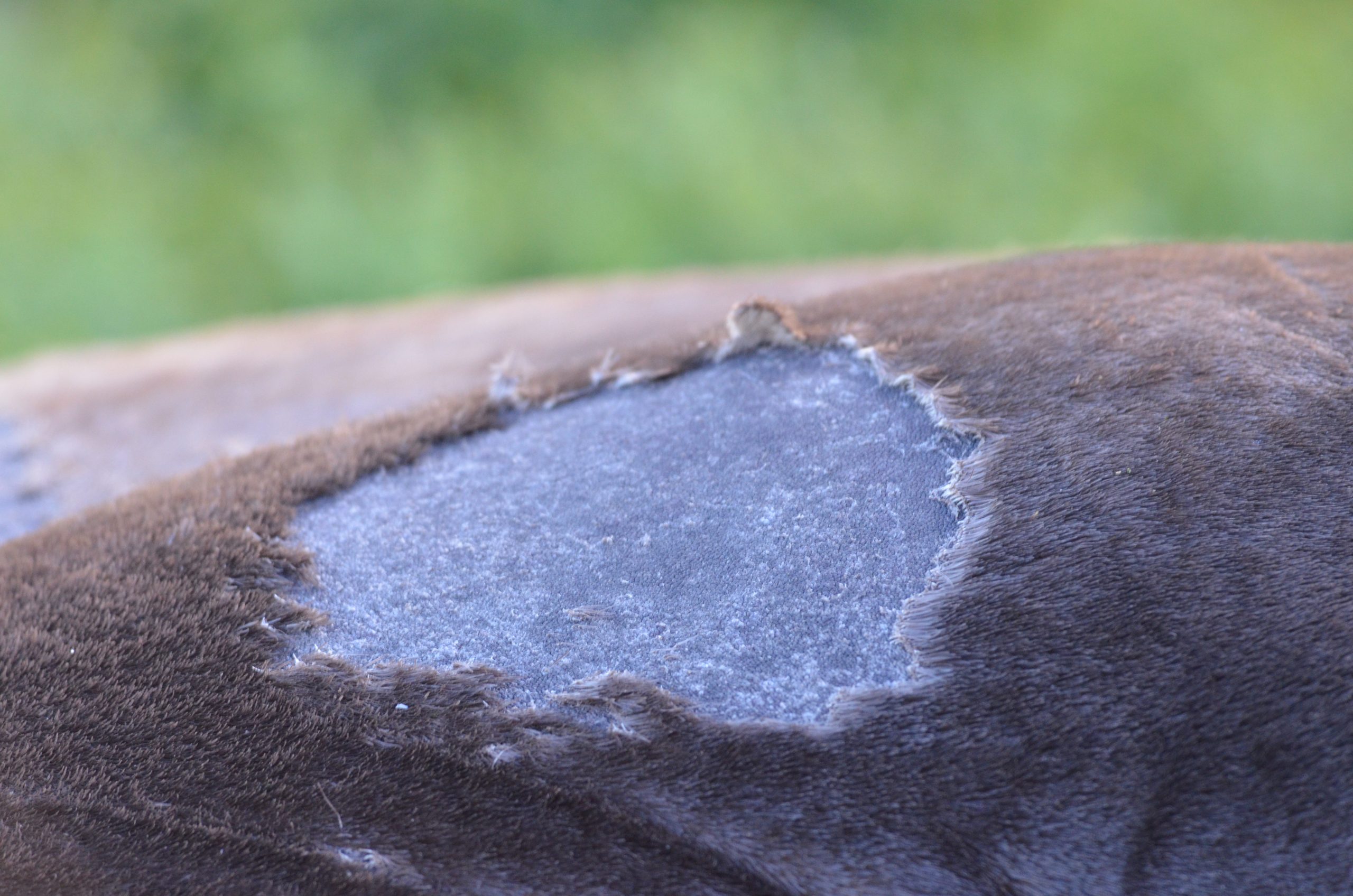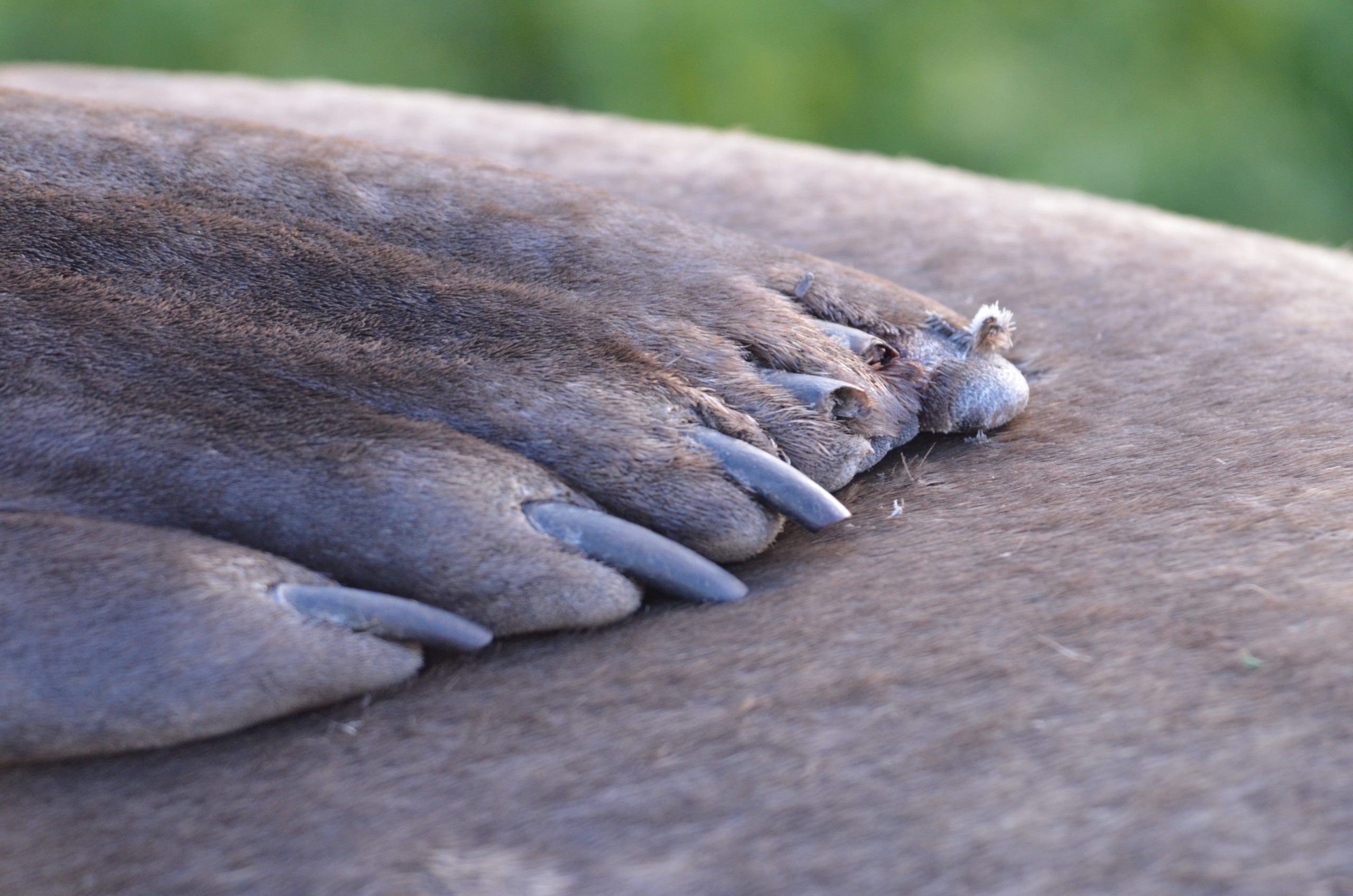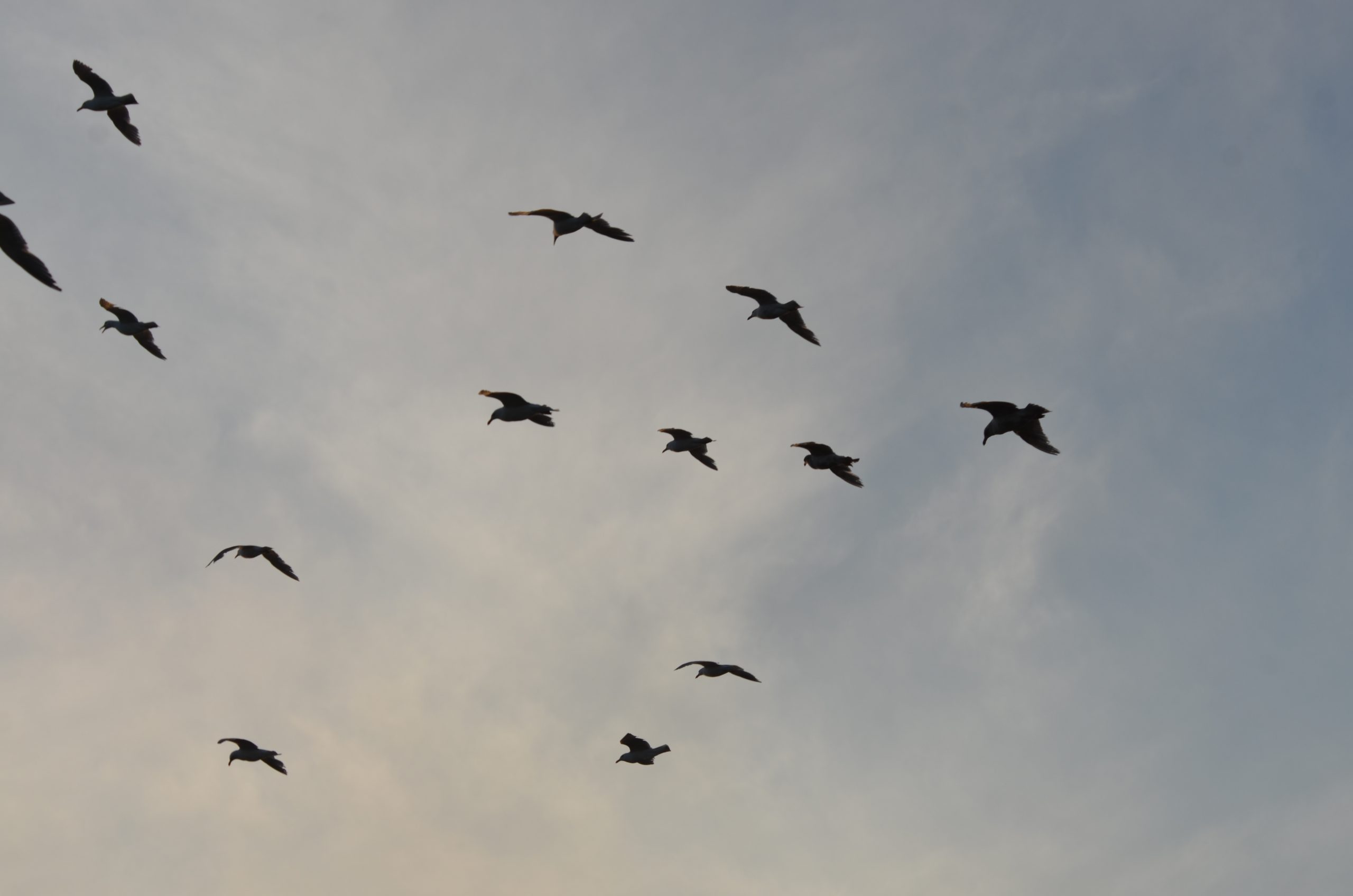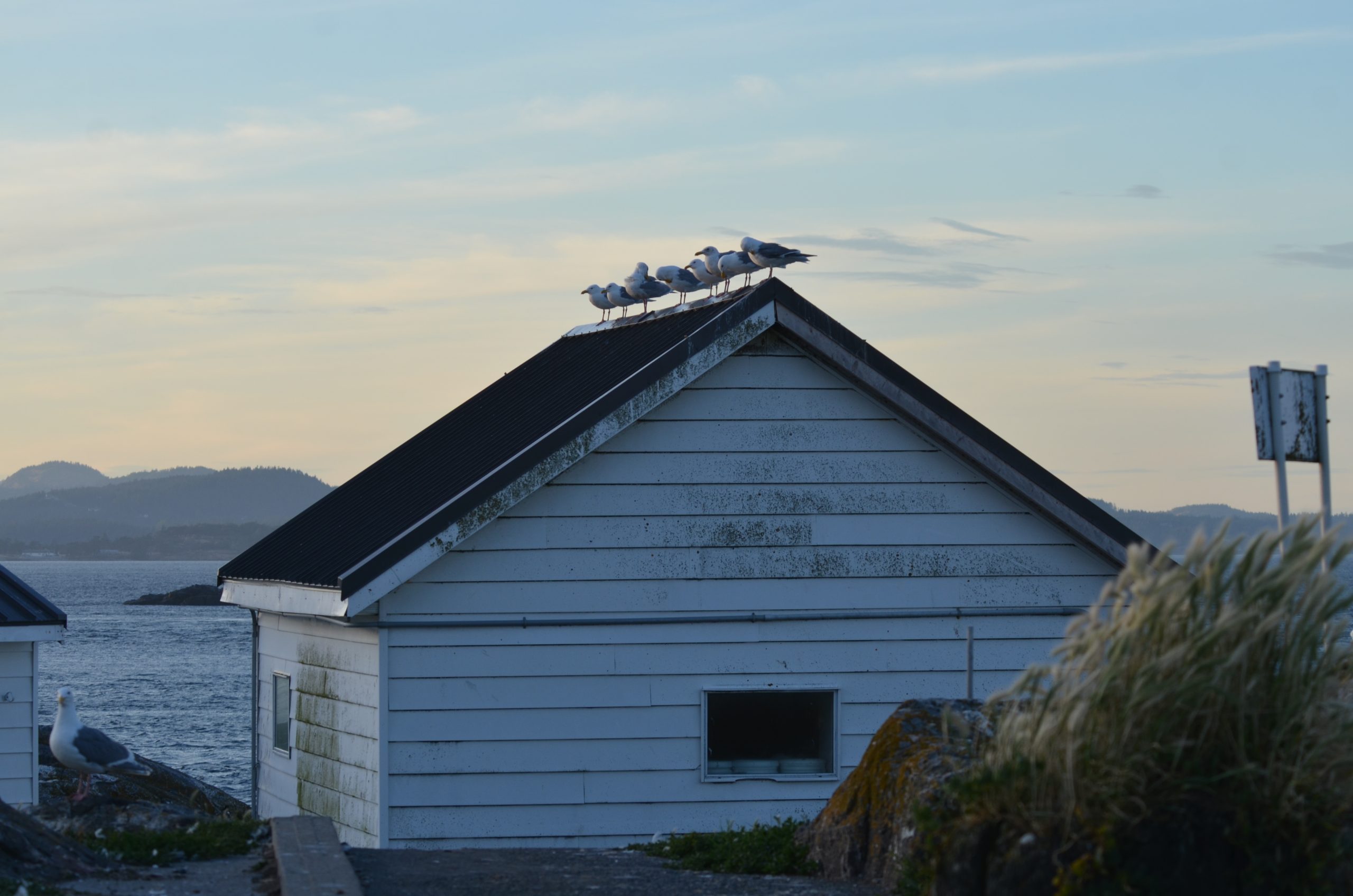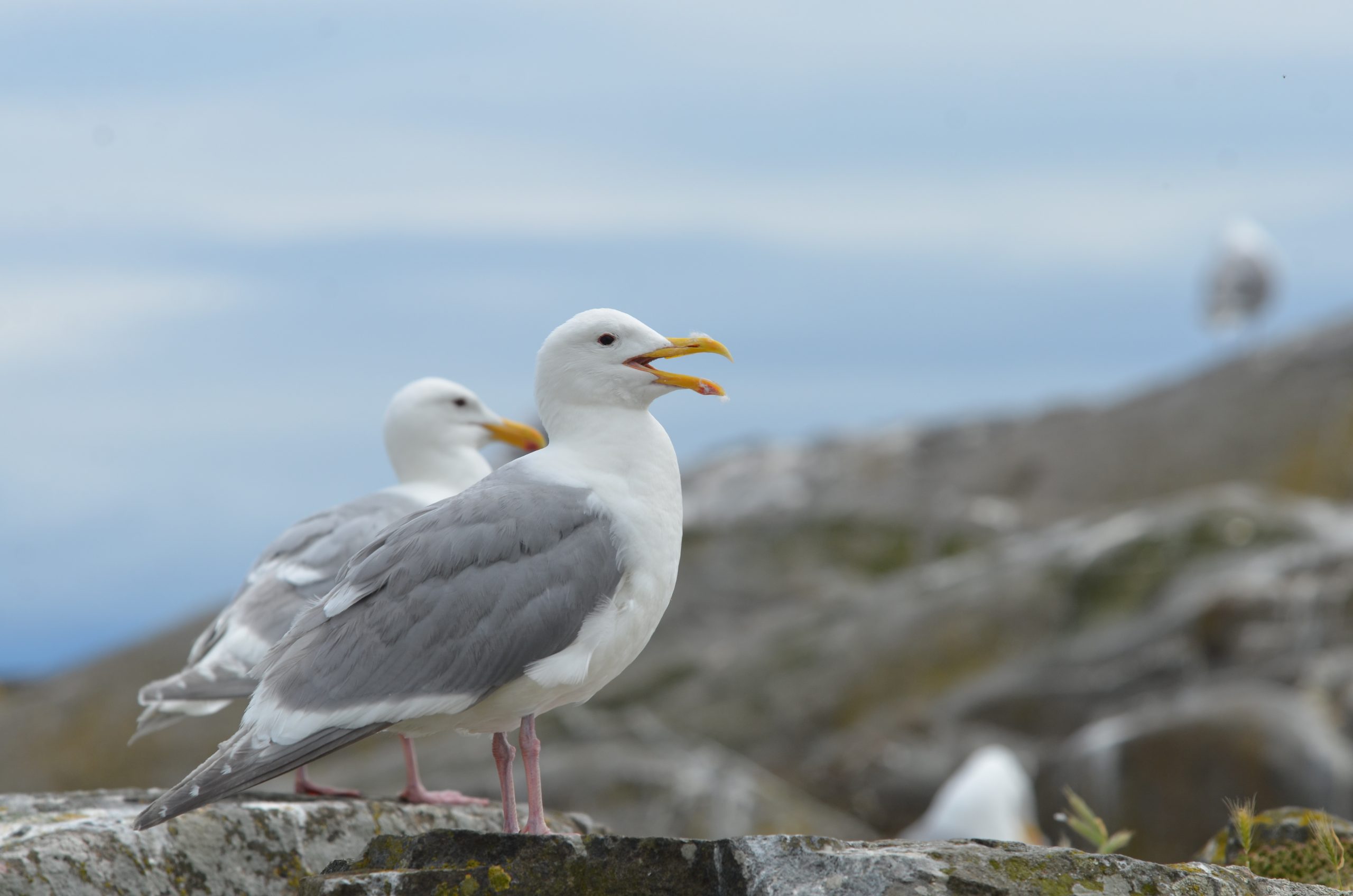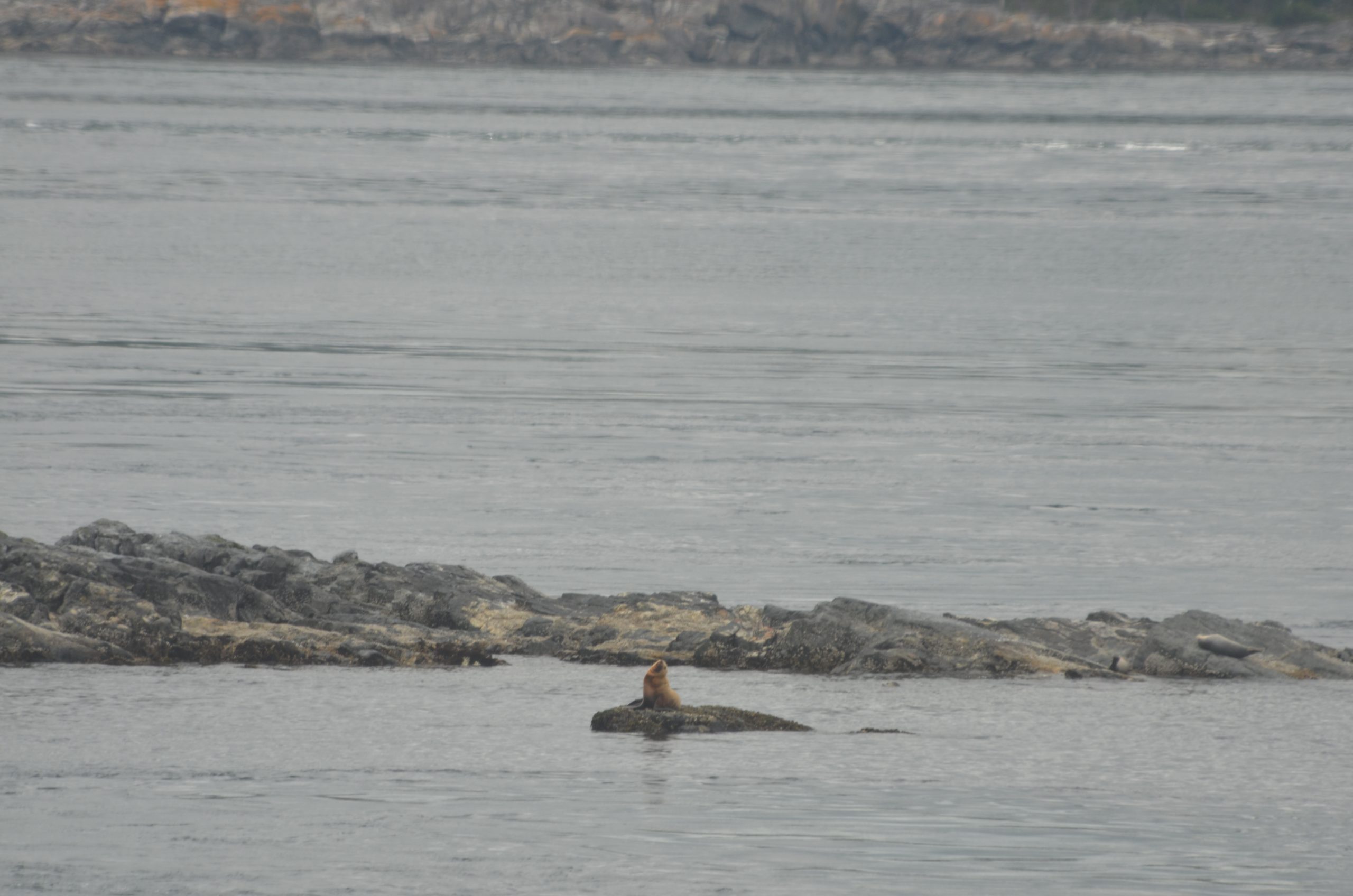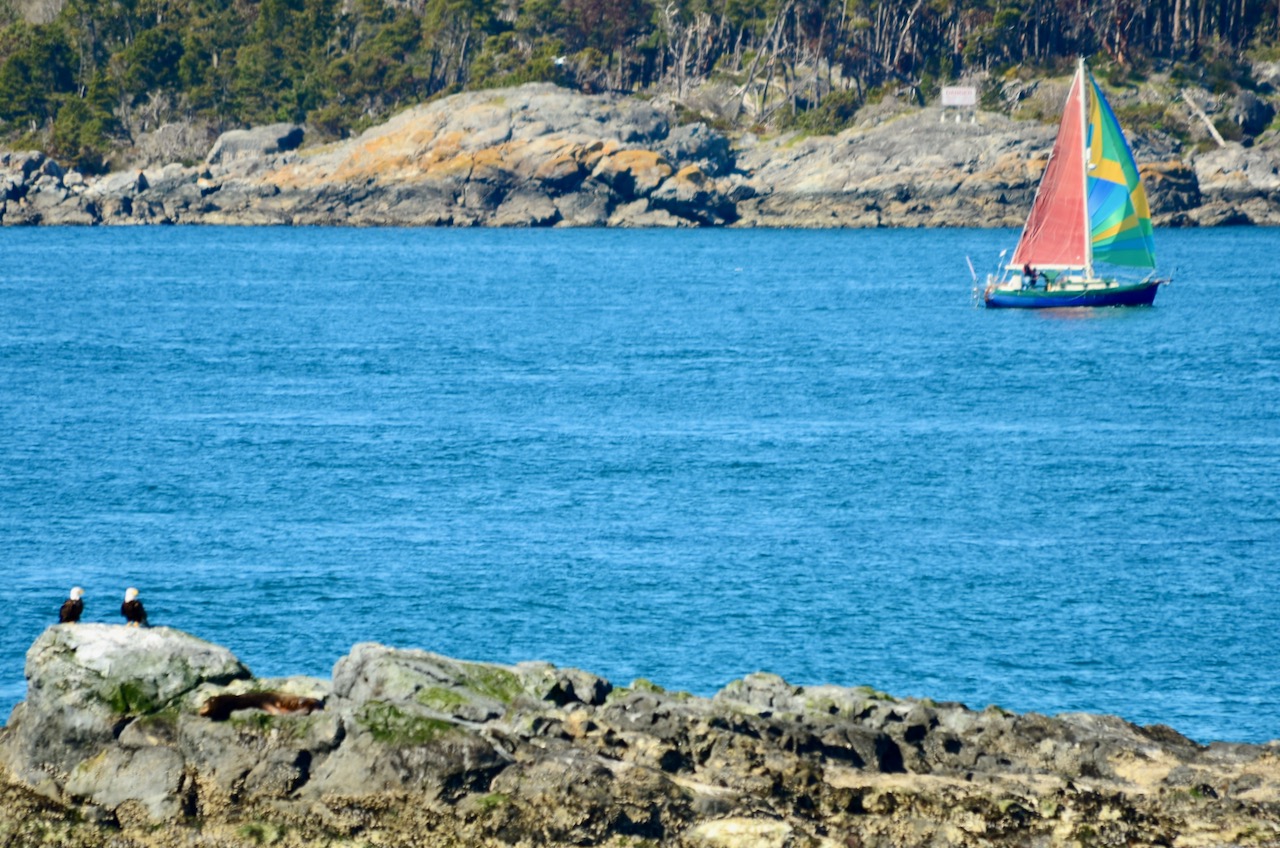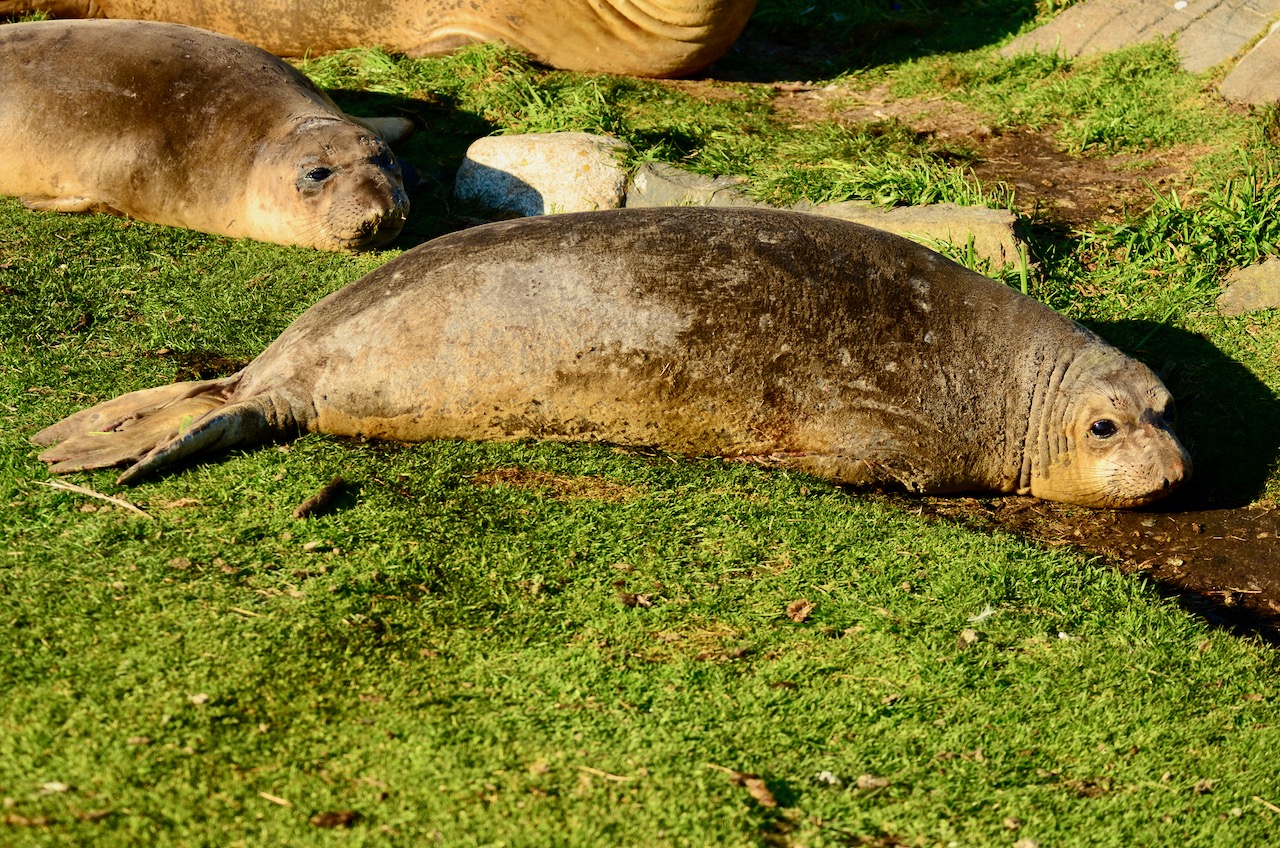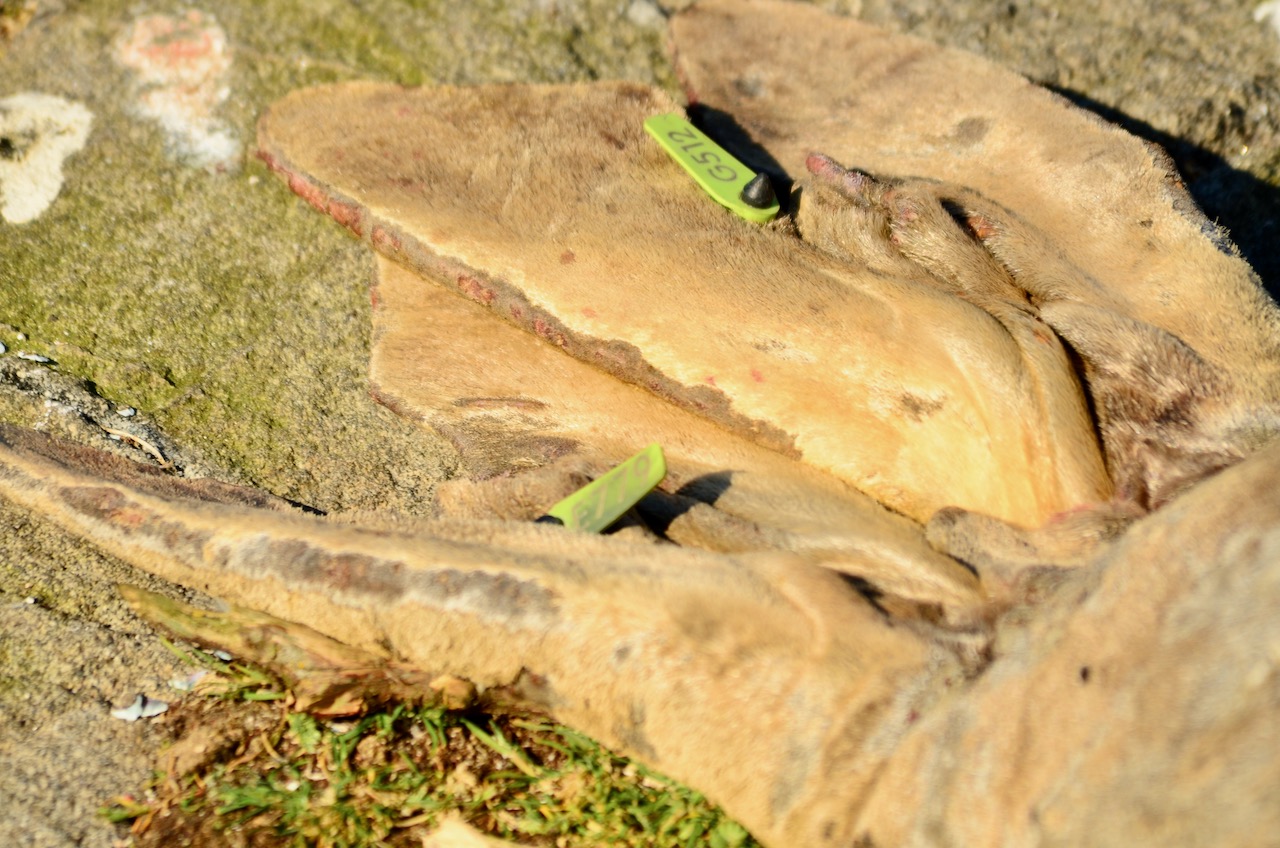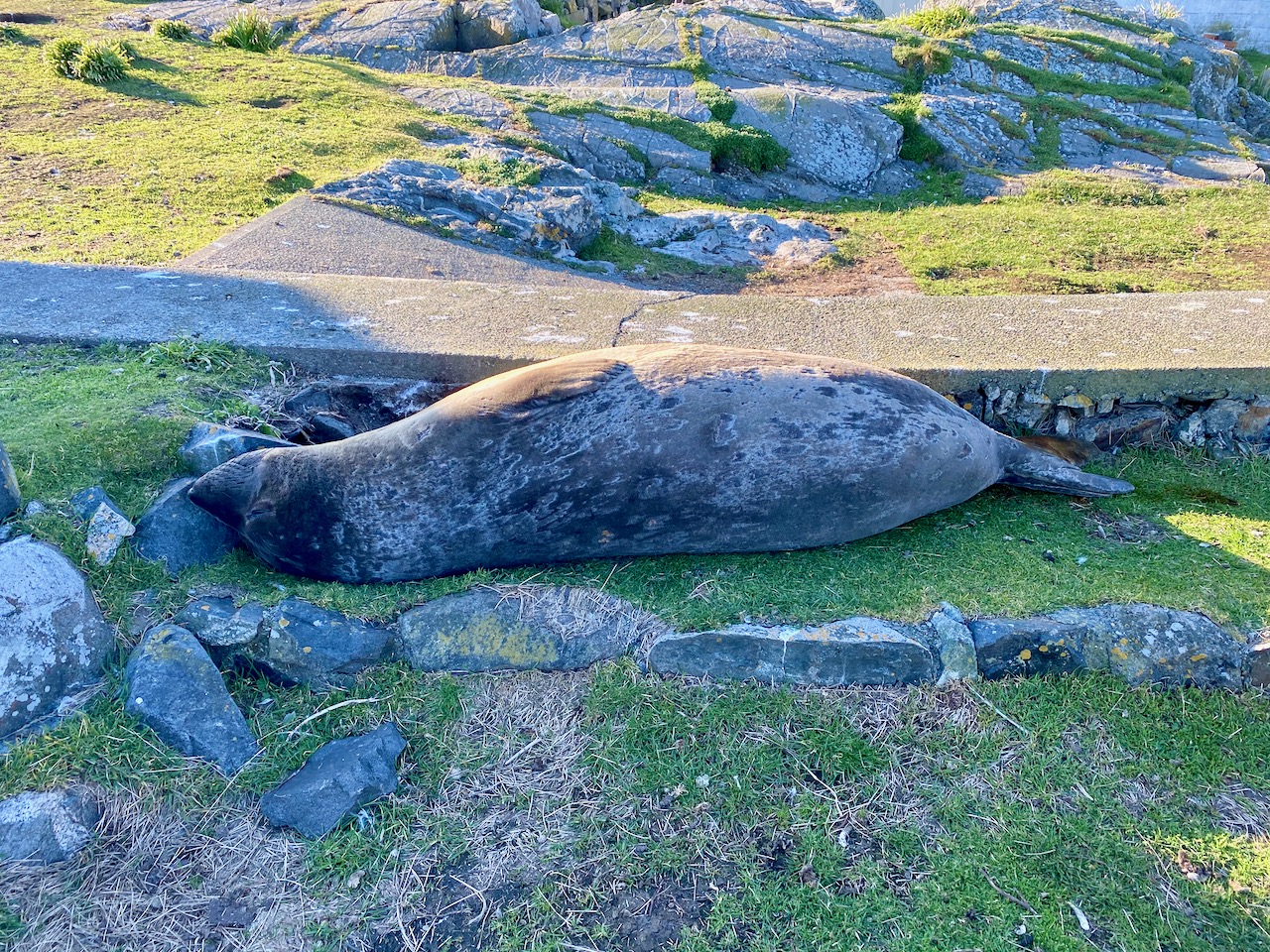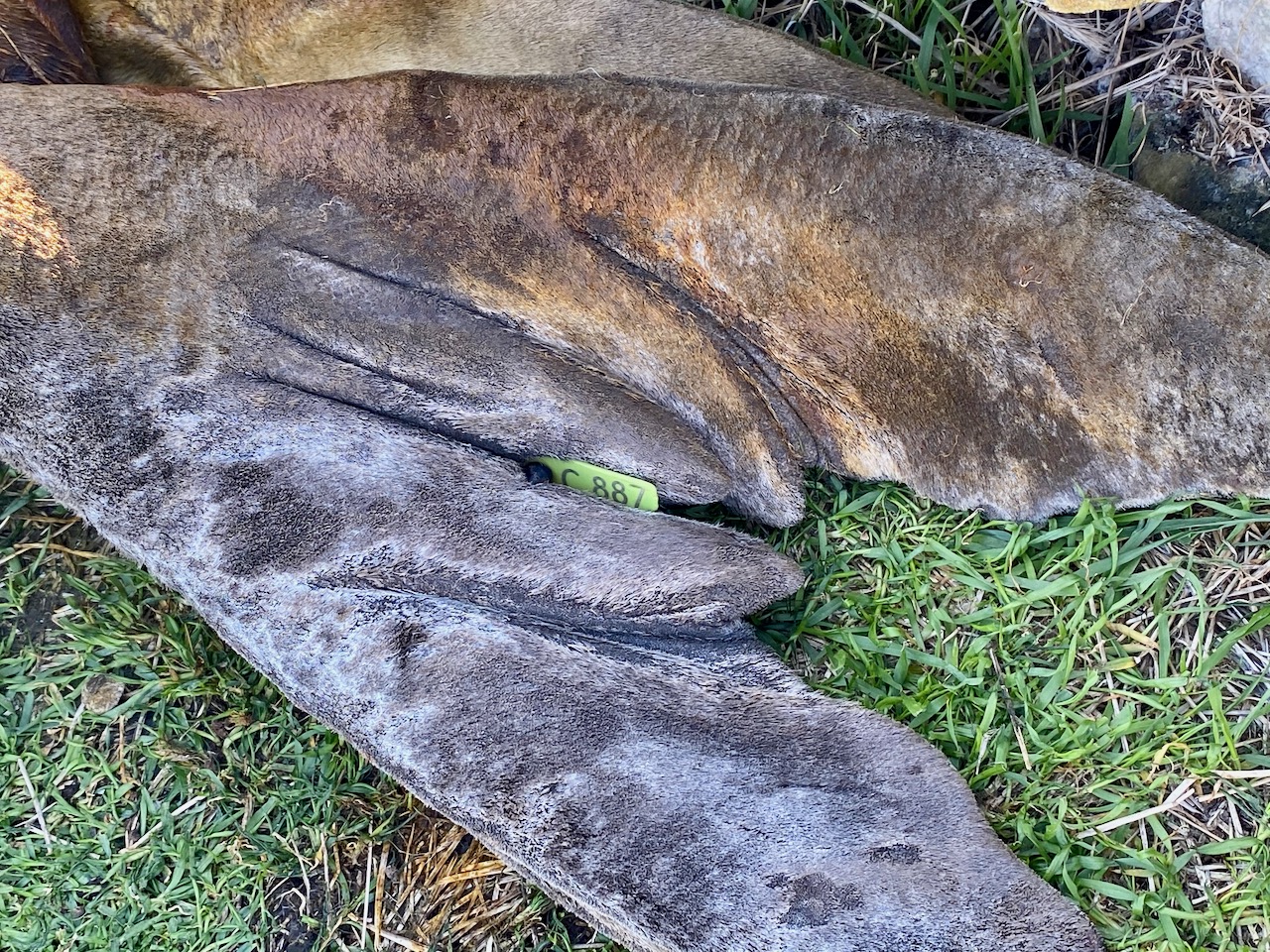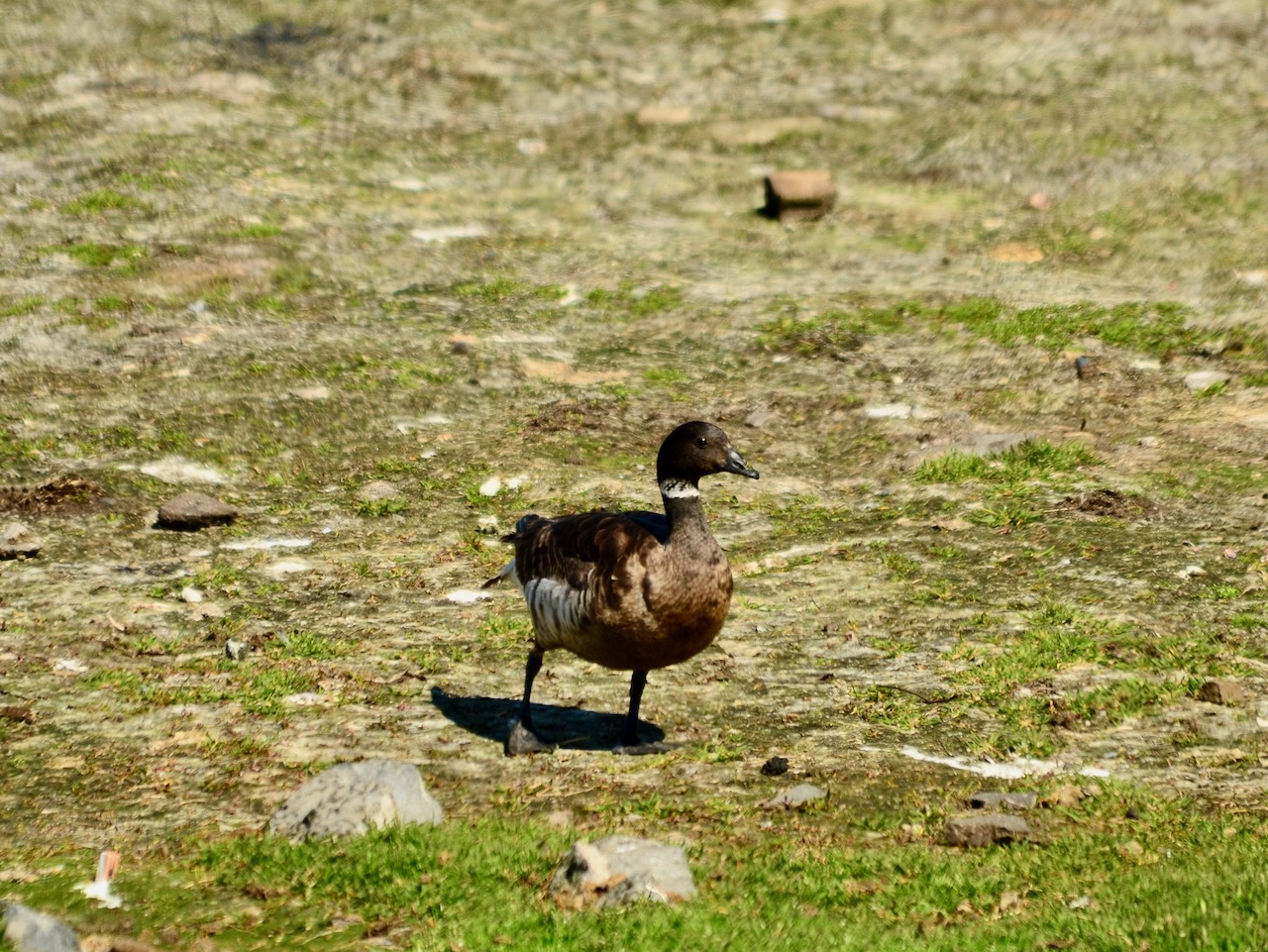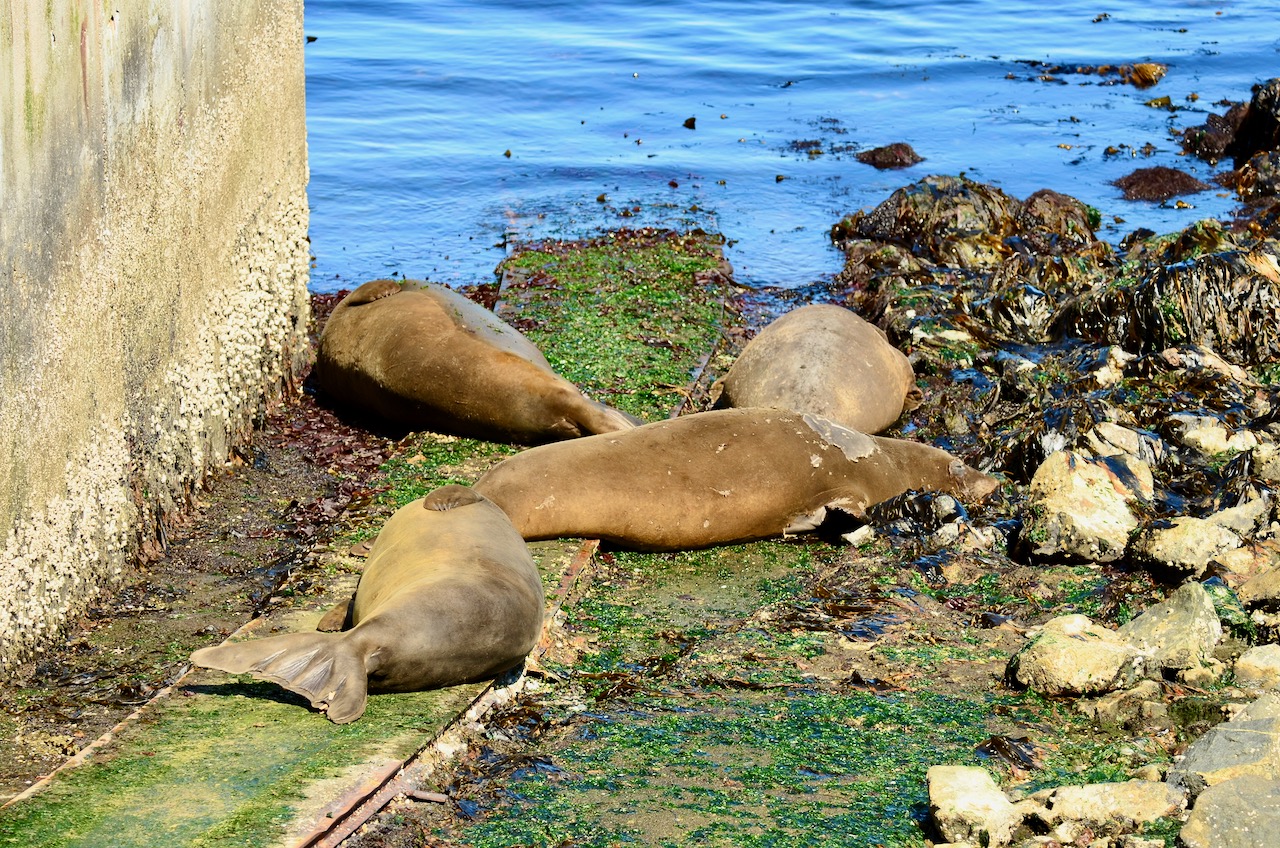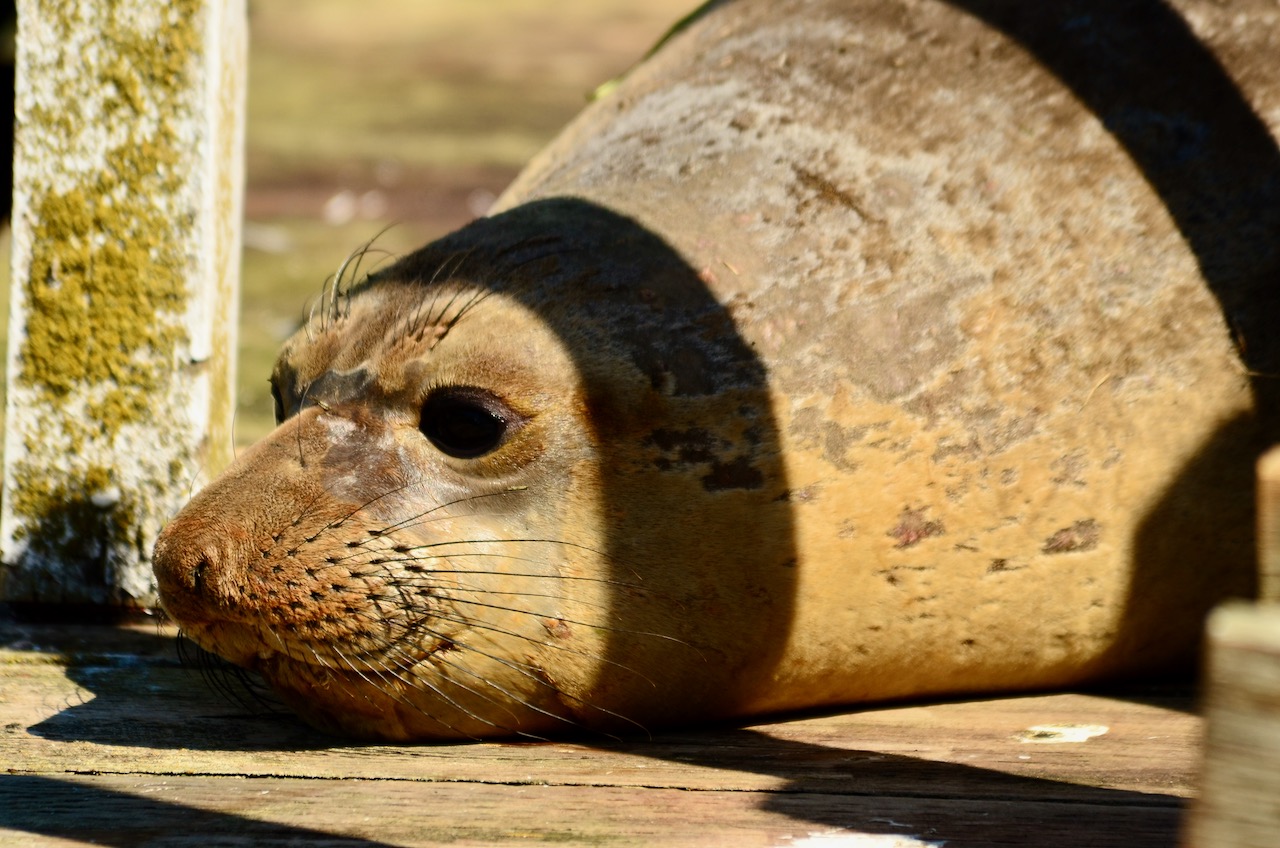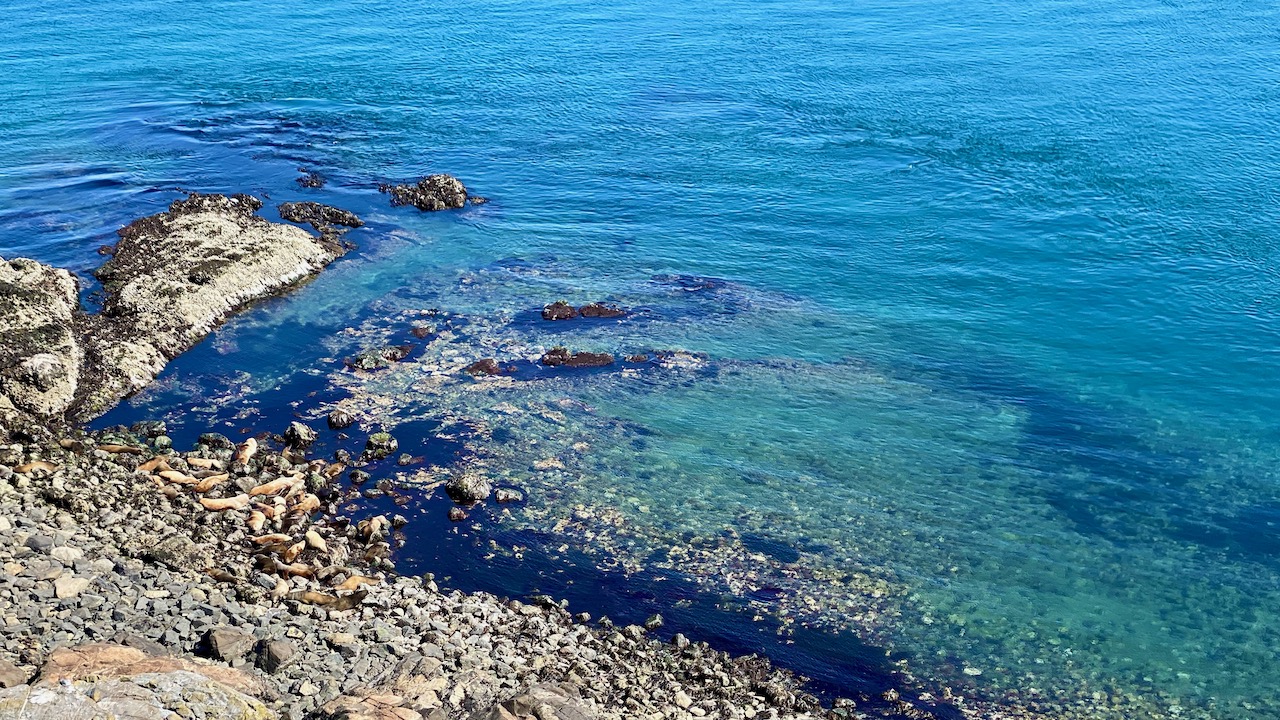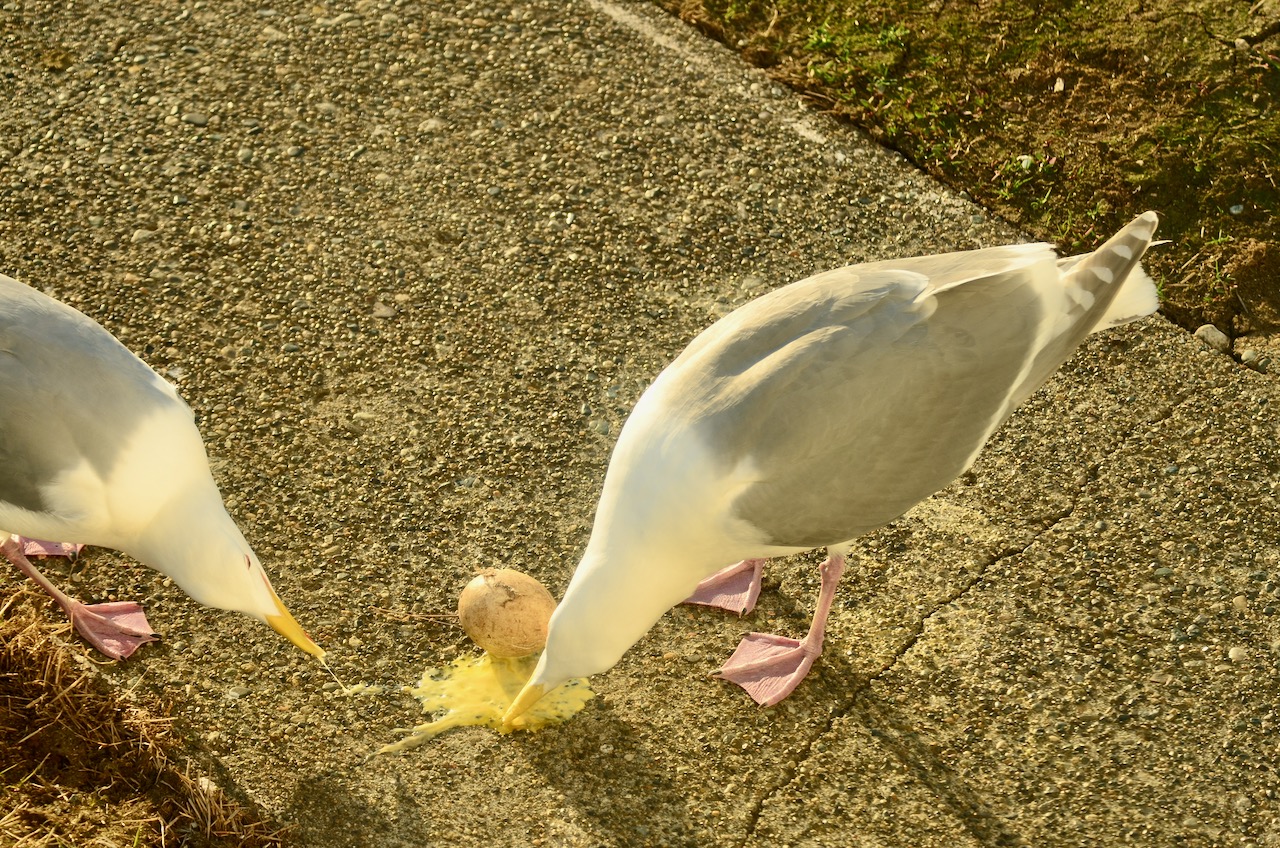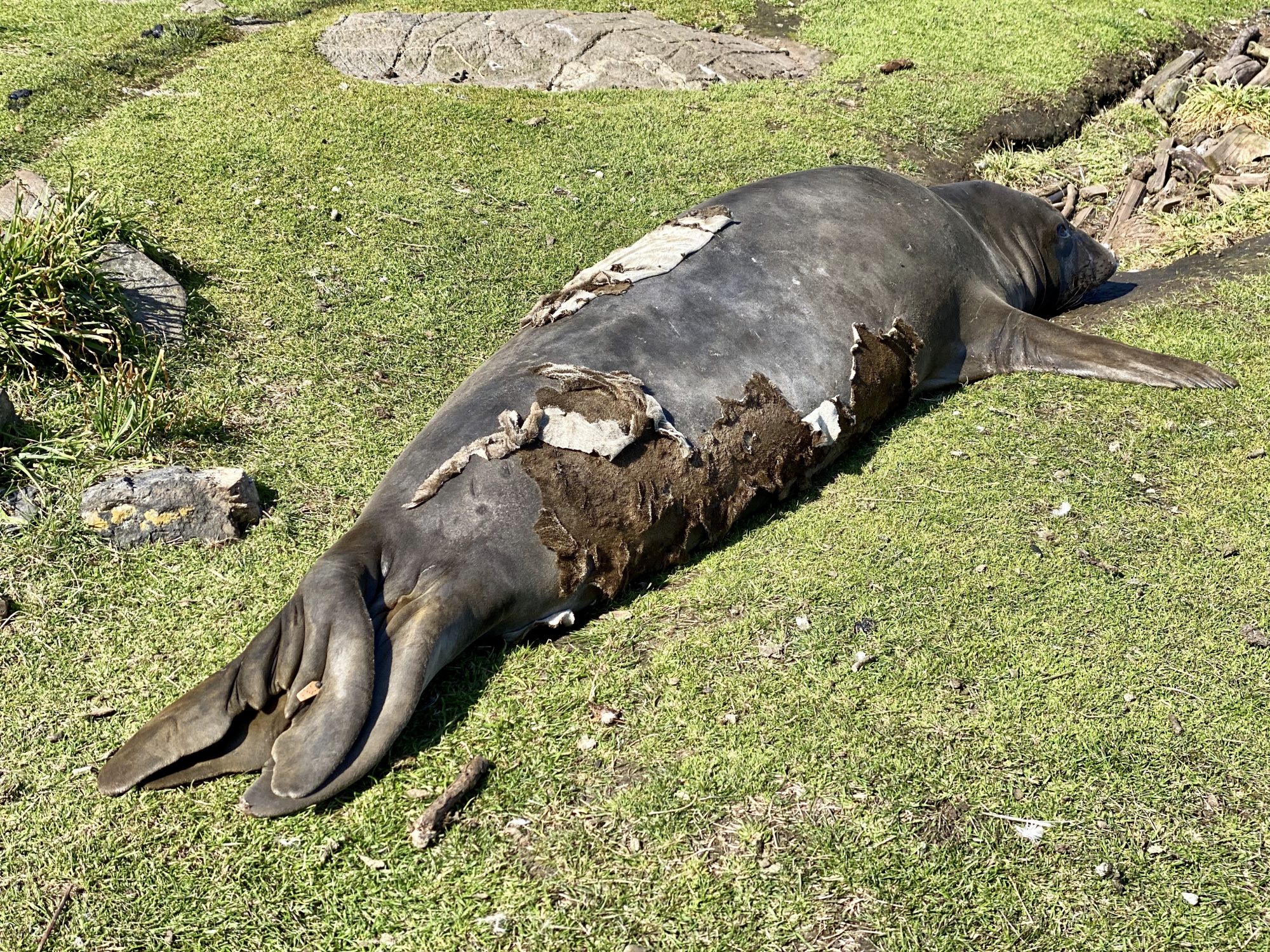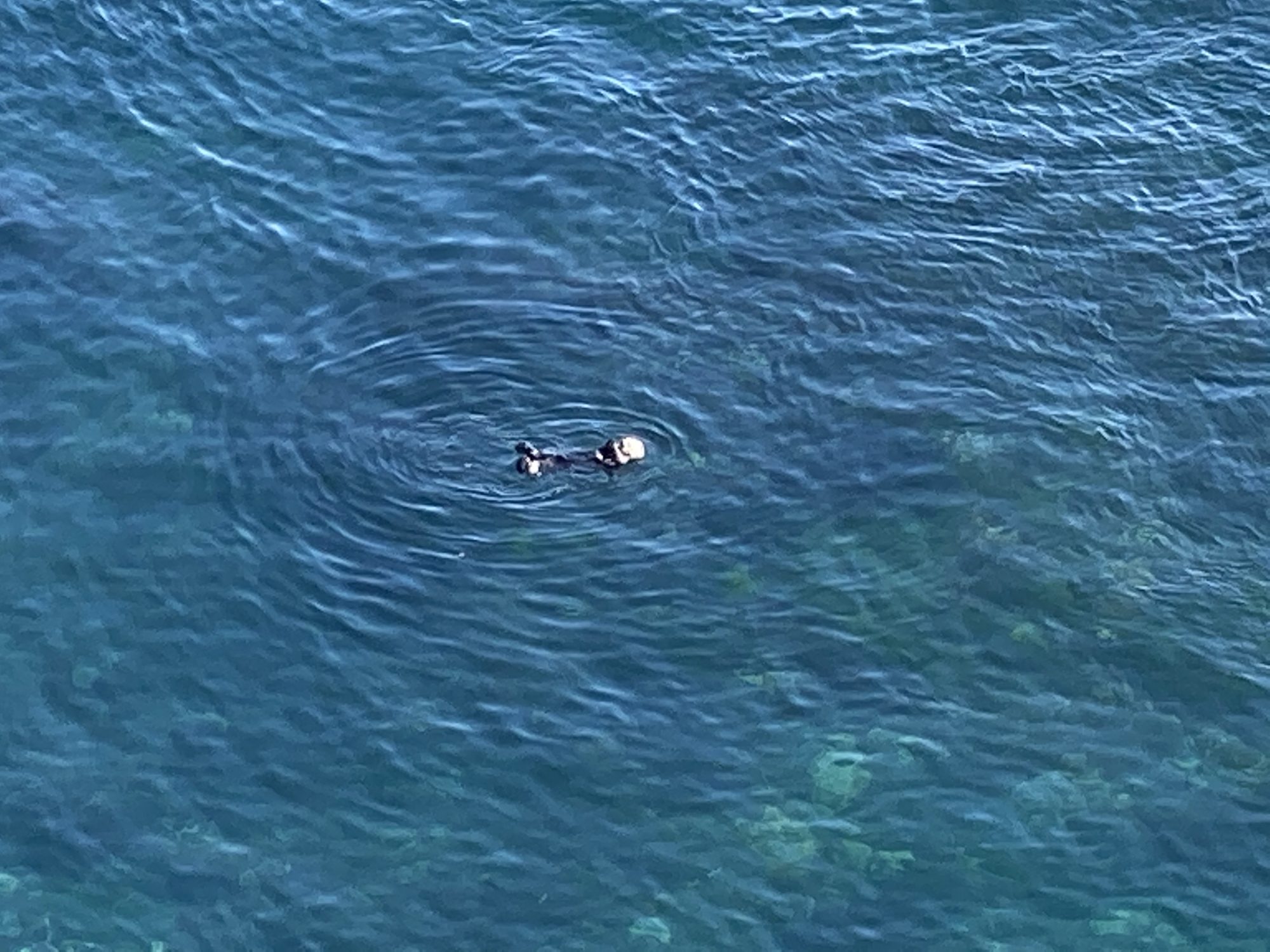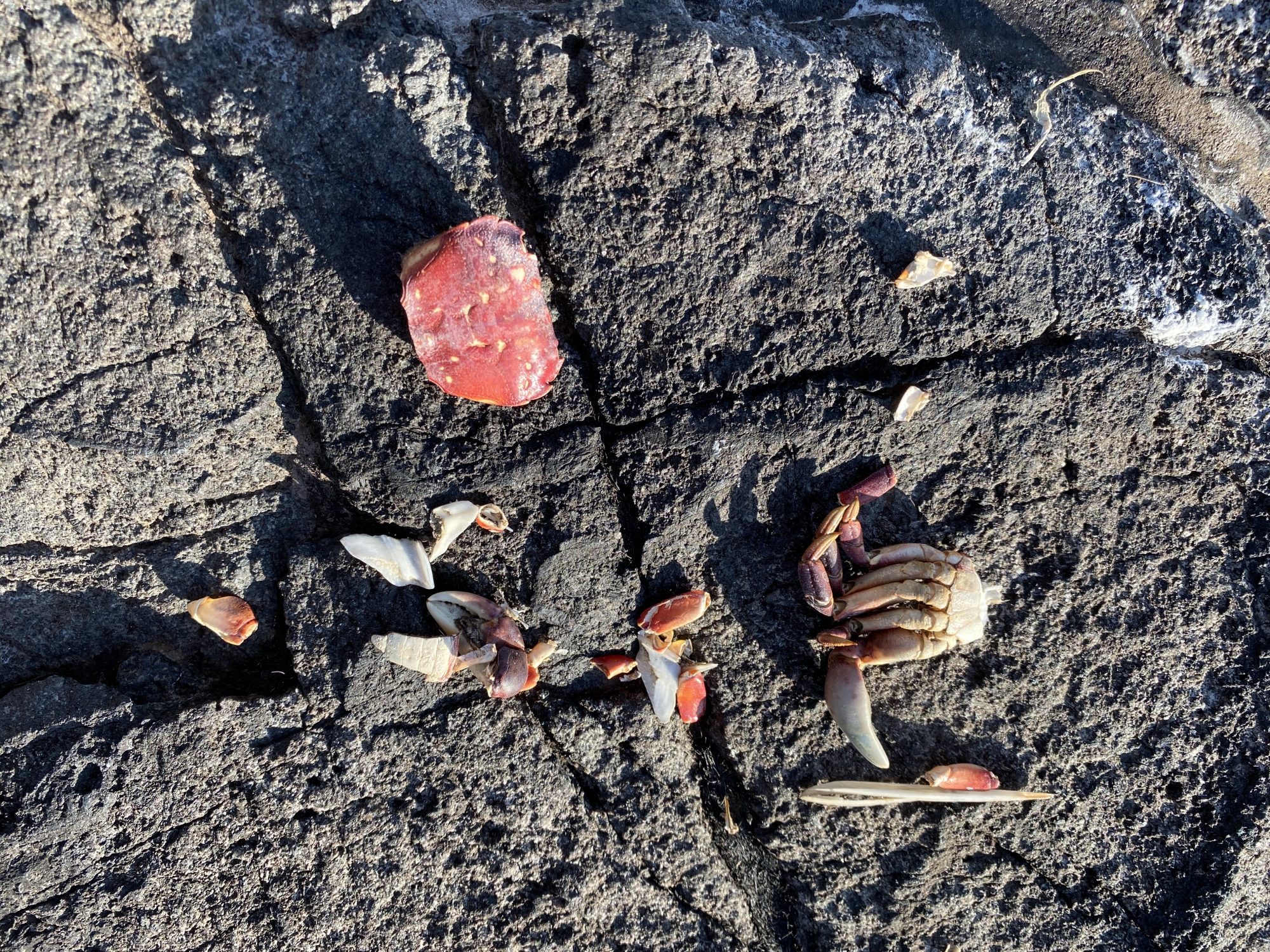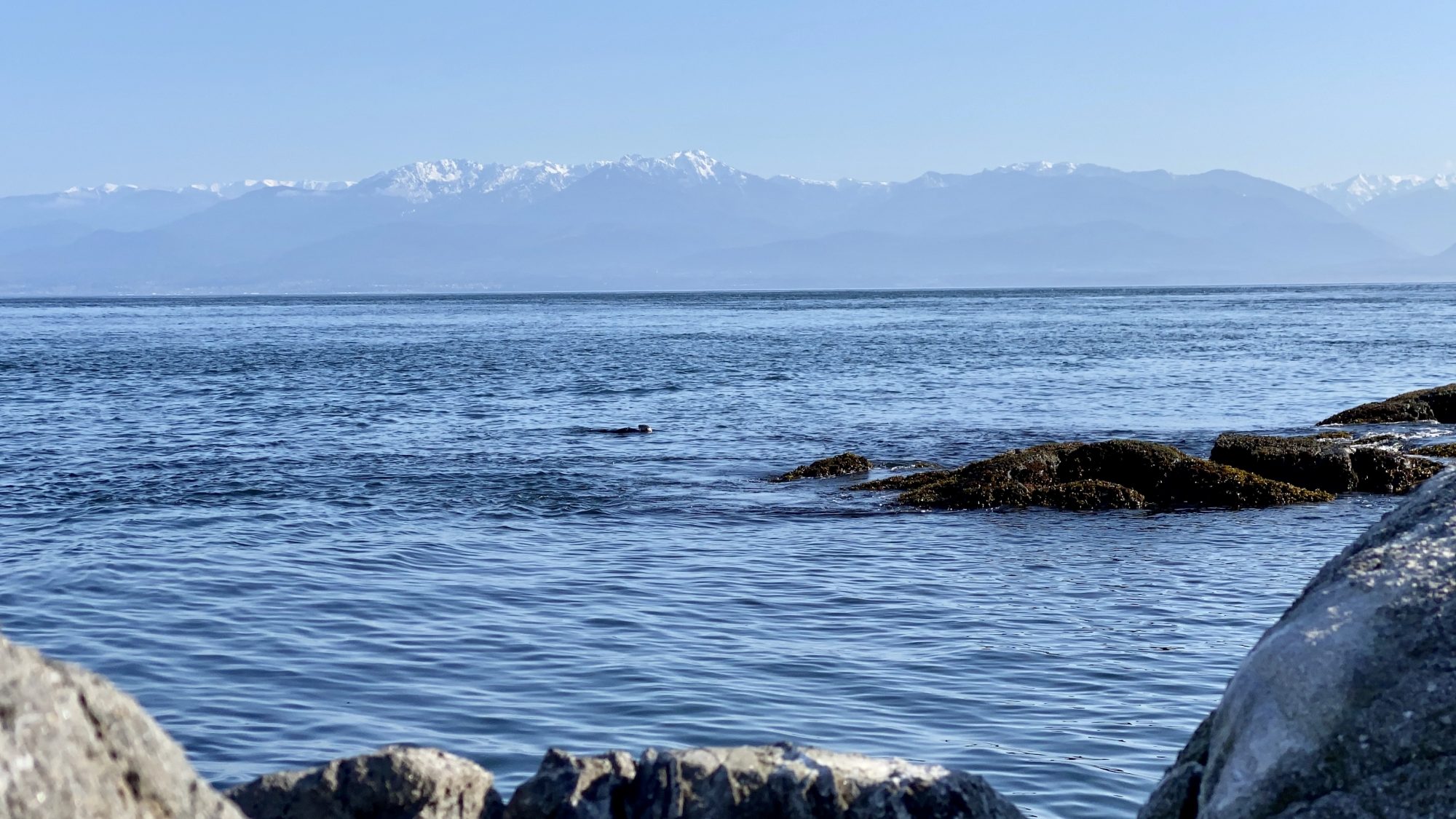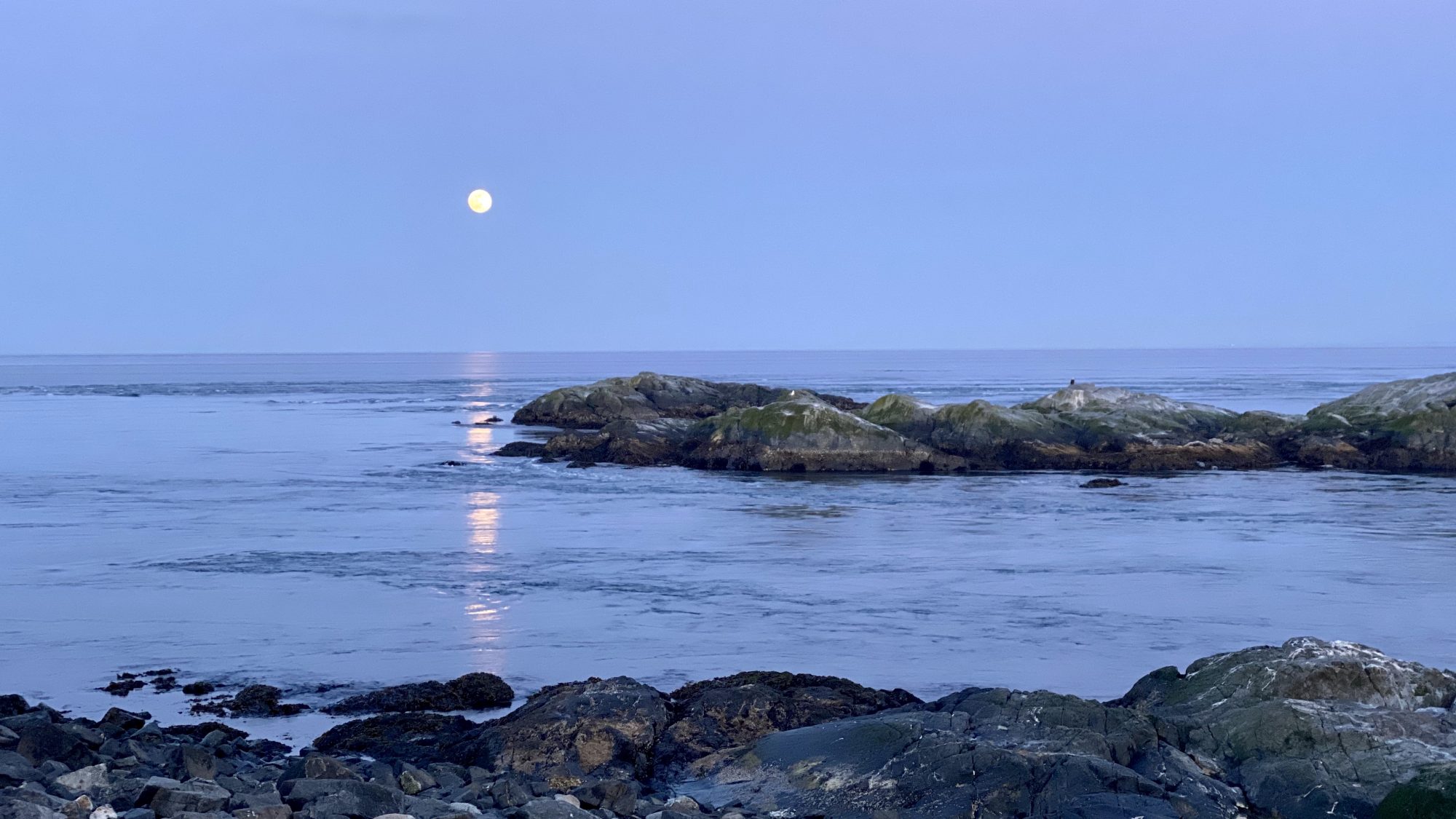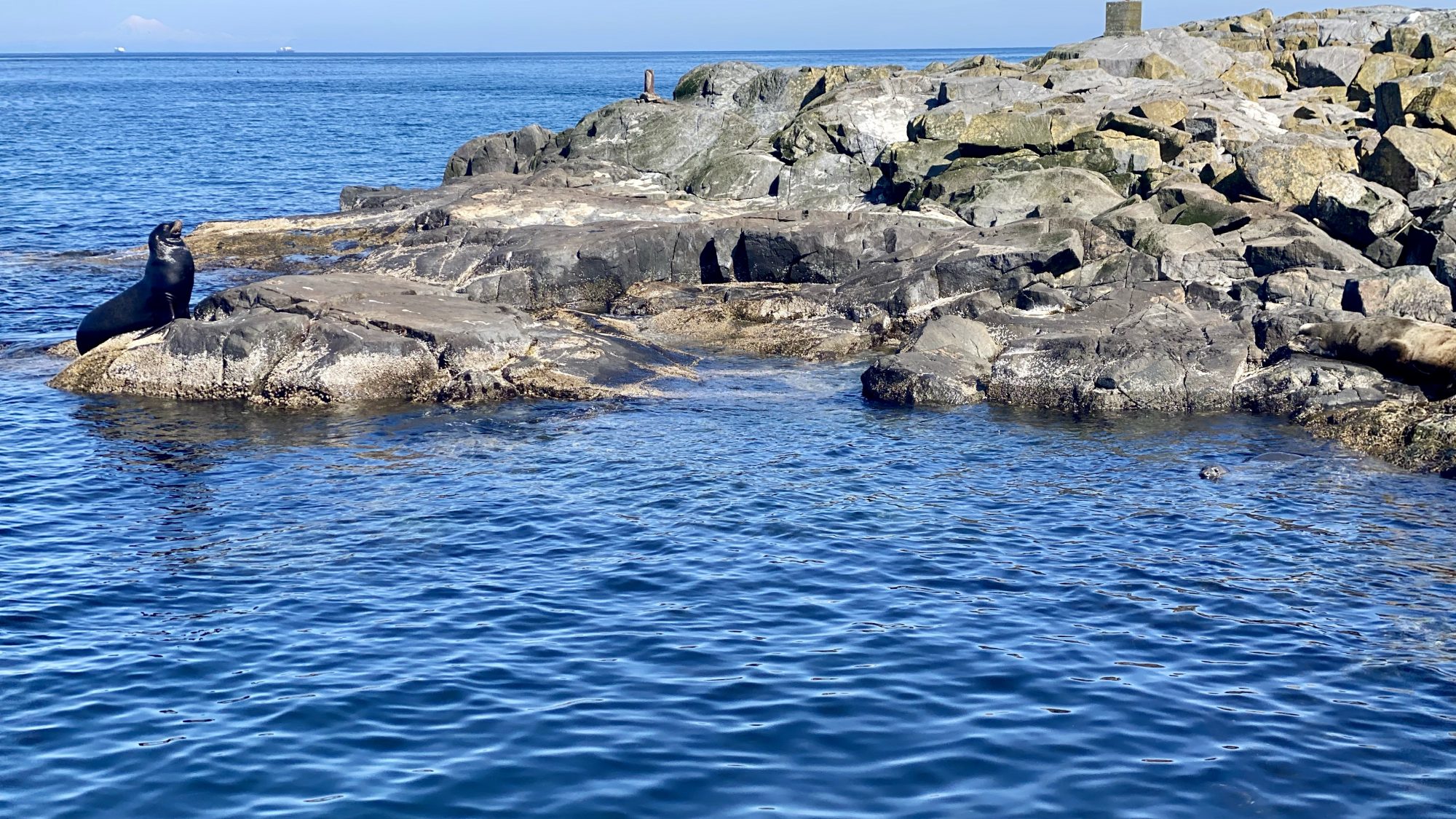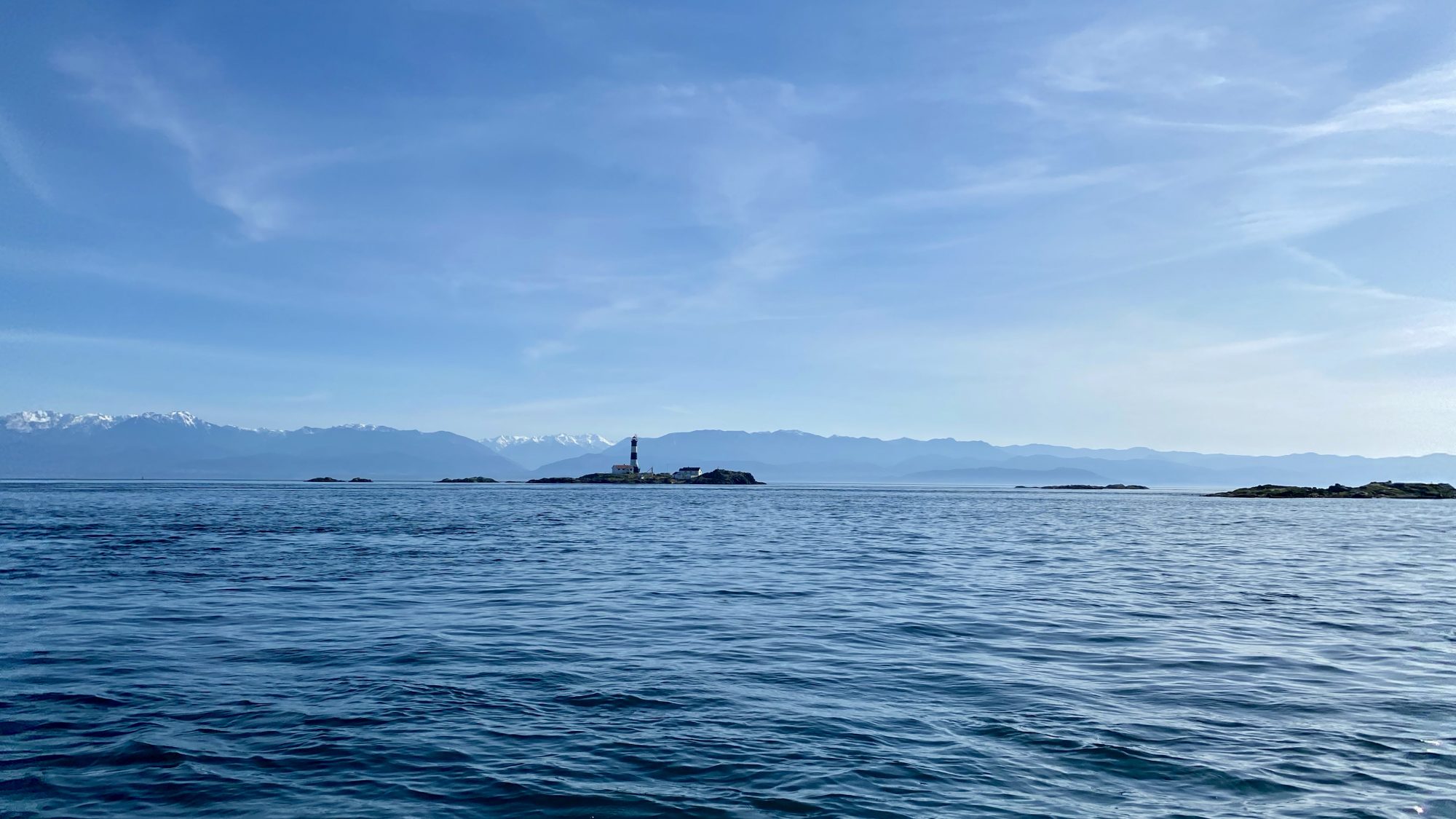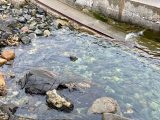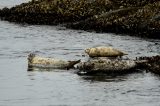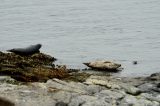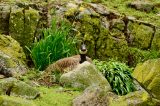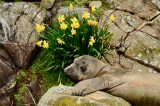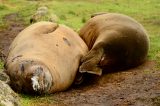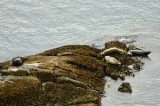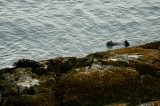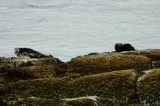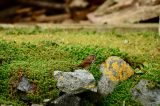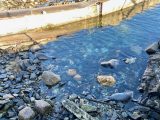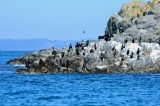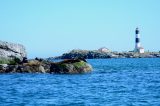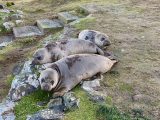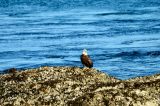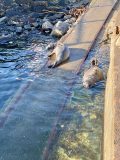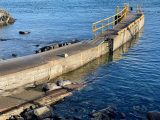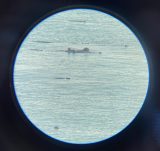Wind: W 15-29 knots
Sea State: up to 0.5m chop
Visibility: 10-15 NM
Sky: clear in morning, partly cloudy beginning in early afternoon
Temperature: 14-19 °C
Atmospheric CO2: 412.58 ppm (recorded by NOAA at Mauna Loa Observatory, Hawaii)
The groups of steller and california sea lions around the main island and on Middle Rocks have all increased in number. There were two noteworthy sea lions today. In the afternoon, I noticed a lone steller sea lion near the end of the jetty. It had a white and red flasher (fishing lure) hooked to its mouth. Unfortunately, this is a sight that is occasionally seen here. Just last week there was another steller sea lion with a pink and yellow flasher. That sea lion (branded O-19) has not been spotted since. The flashers could have had a fish hooked on the end, which was eaten by the sea lion, or the lure could have appeared to the sea lion to be a fish. The sea lion this afternoon, left the jetty when a large boat went by. A few minutes later, it appeared on Middle Rock where a group of about thirty sea lions were hauled out. I will keep an eye on this sea lion. If it stays around for a few days, it could be a candidate for a rescue from the Marine Mammal Rescue Centre.
When I spotted the sea lion with the flasher haul out on Middle Rock, I noticed a steller sea lion branded 975R. The R means it was branded at Rogue Reef, in Oregon. This animal has been seen here before. See Ecoguardian Anne Stewart’s post from April 6, 2015. The steller was branded as a pup in 2011.
There were about twenty-five eco tour boats that passed through the Ecological Reserve today, some of them repeats. They appeared to be viewing the hauled out sea lions, harbour seals and the floating in the kelp sea otter.
See the photos below for sights and happenings from today:
- The boat ramp and jetty during this mornings low tide of 0.3m.
- A bald eagle flies close to the water during the morning low tide.
- Sea lions on the south side of the island appearing to take shelter from the west winds
- I used the chainsaw today to buck up some wood for winter house heating.
- Three gull chick amigos
- Harbour seal
- Three harbour seals not long before the tide will take over their haul out rock.
- Pigeon guillemots perching. The one on the left has a fish in its beak. The seabird is most likely waiting for the perfect time to fly to its secret rocky crevice and feed the fish to its young.
- “Ollie” the local sea otter, floating in the kelp on the east side of the ecological reserve. This photo was taken at the top of the tower through the spotting scope, because it has a stronger zoom than the 400mm lens on the big camera.
- Steller sea lion with a fishing flasher hooked to its mouth
- Another angle of the sea lion with the fishing lure
- The steller hooked with the flasher joined the group after leaving the jetty. The steller sea lion branded 975R is lying horizontal by the water.
